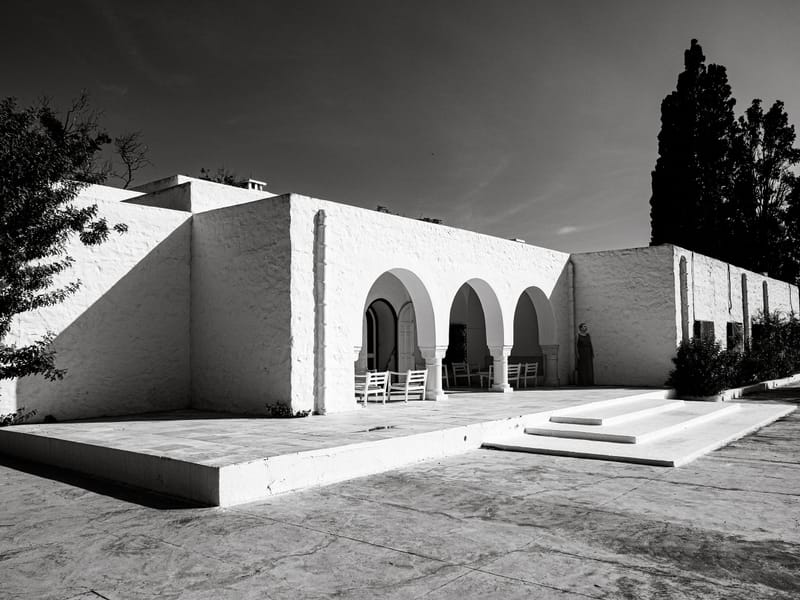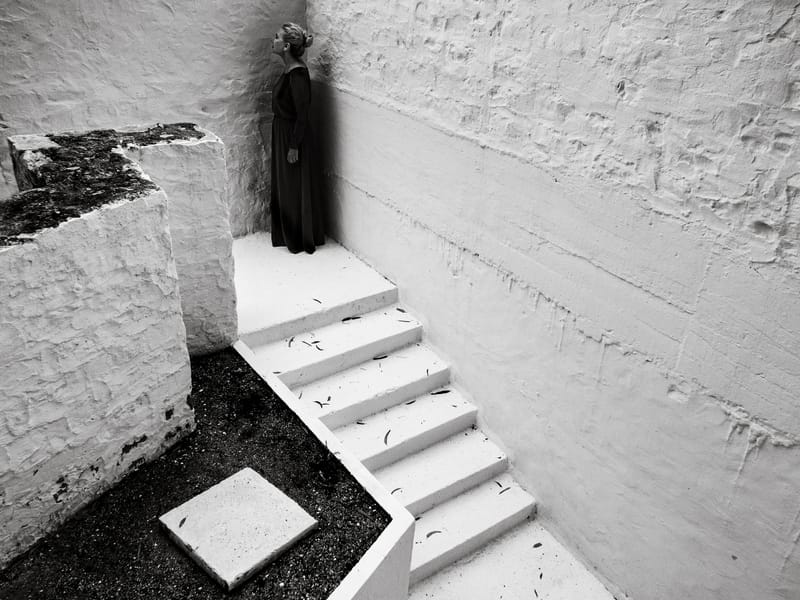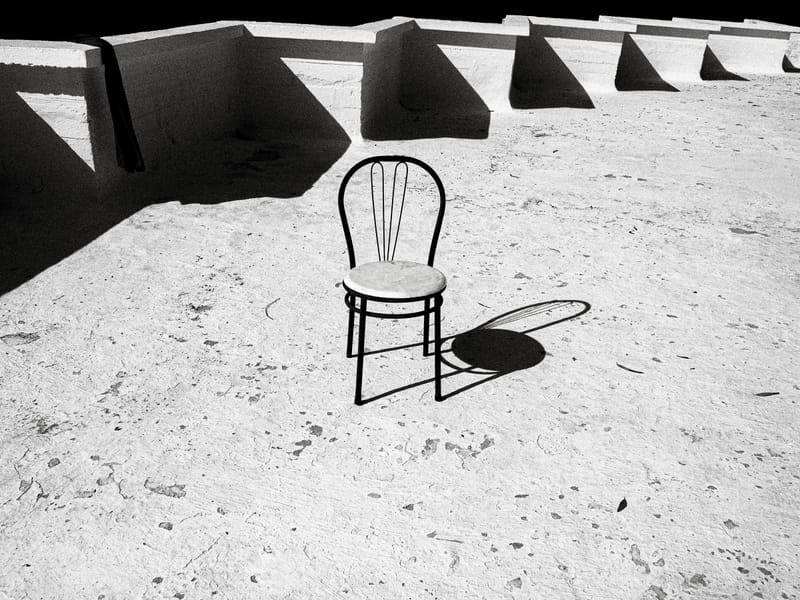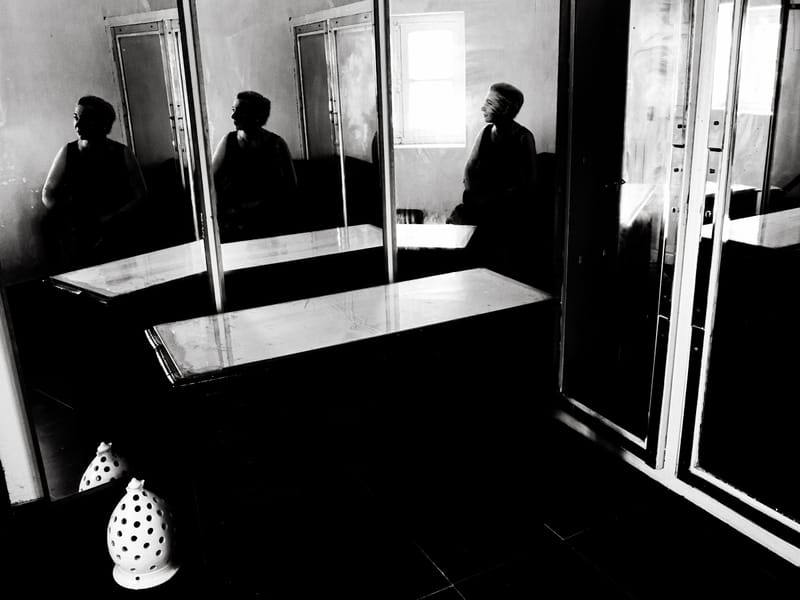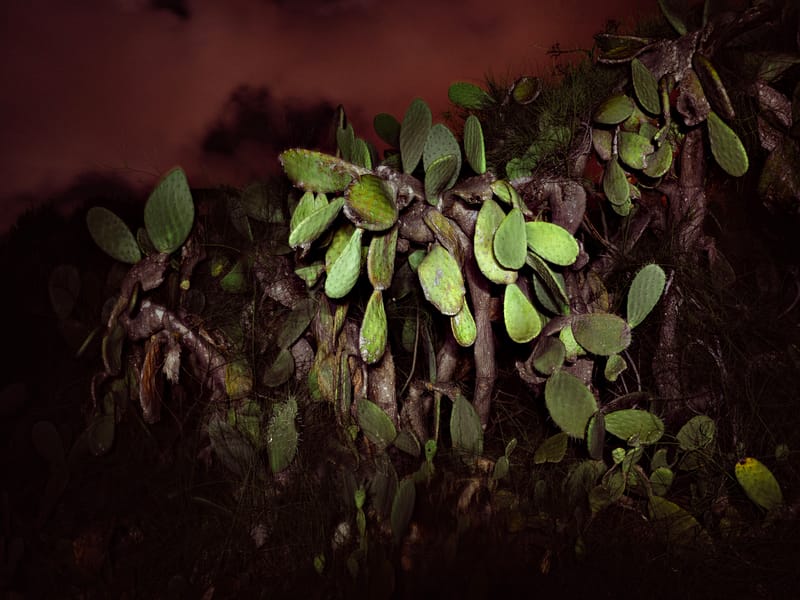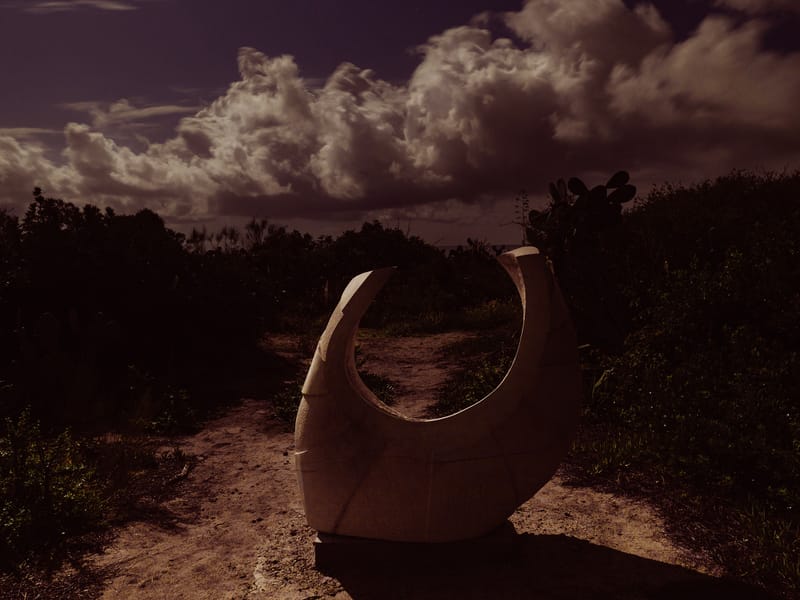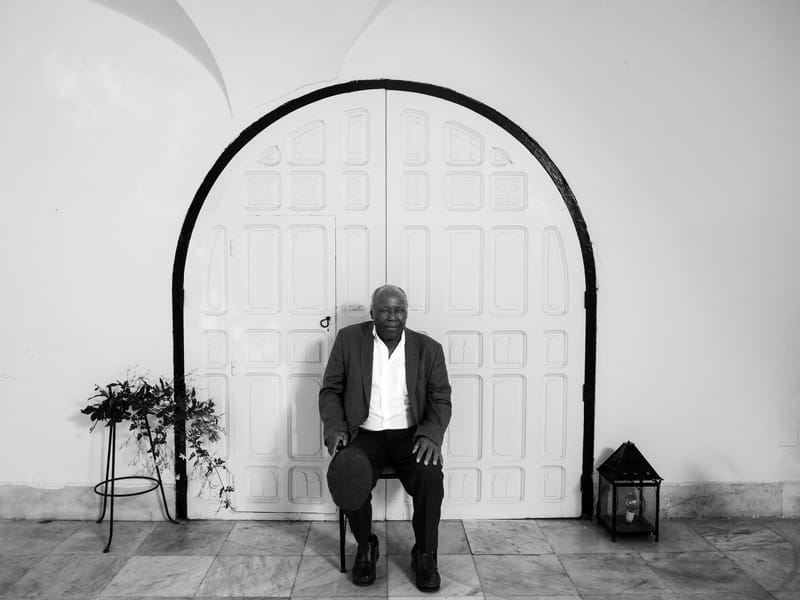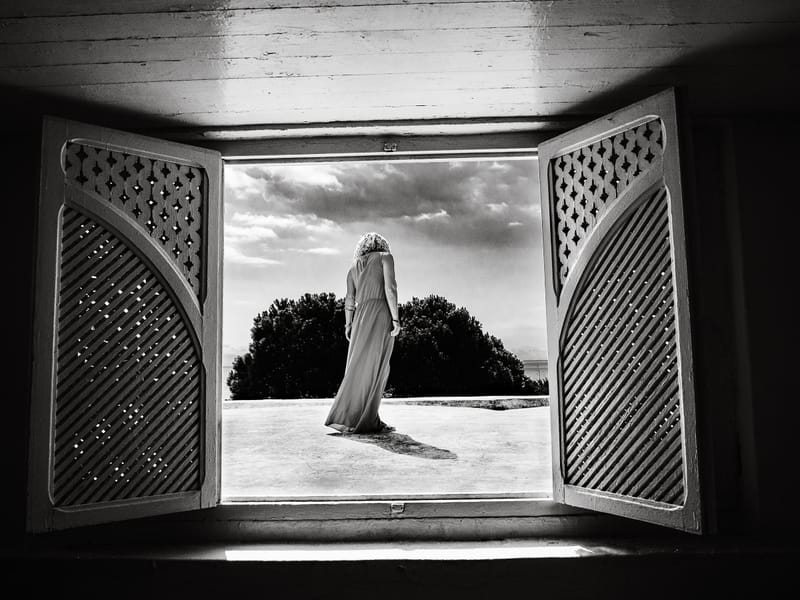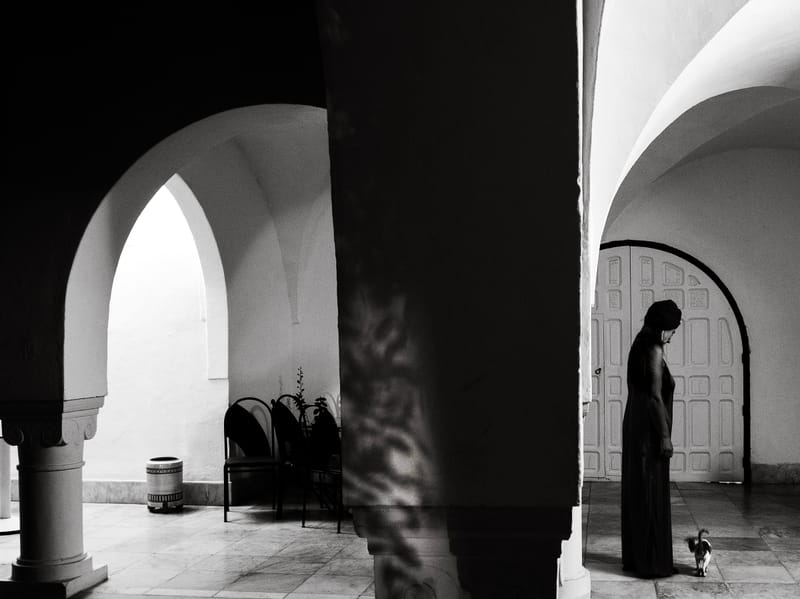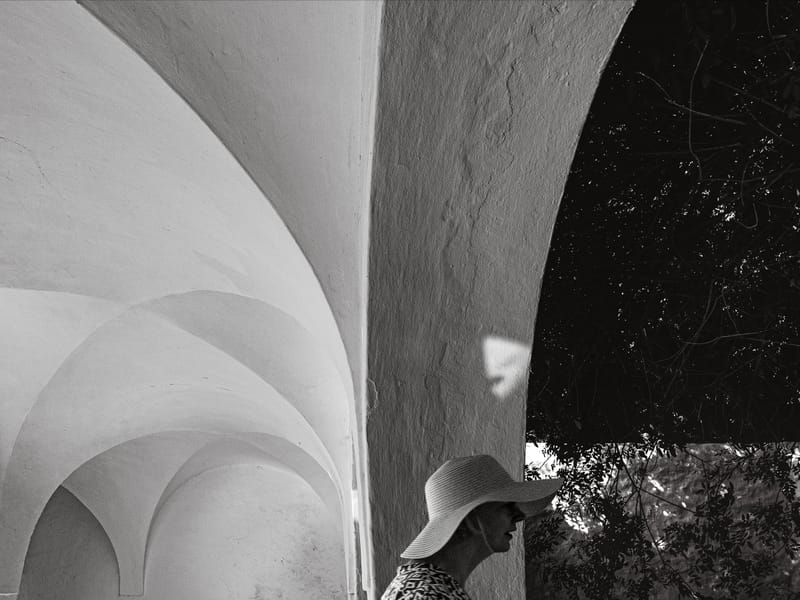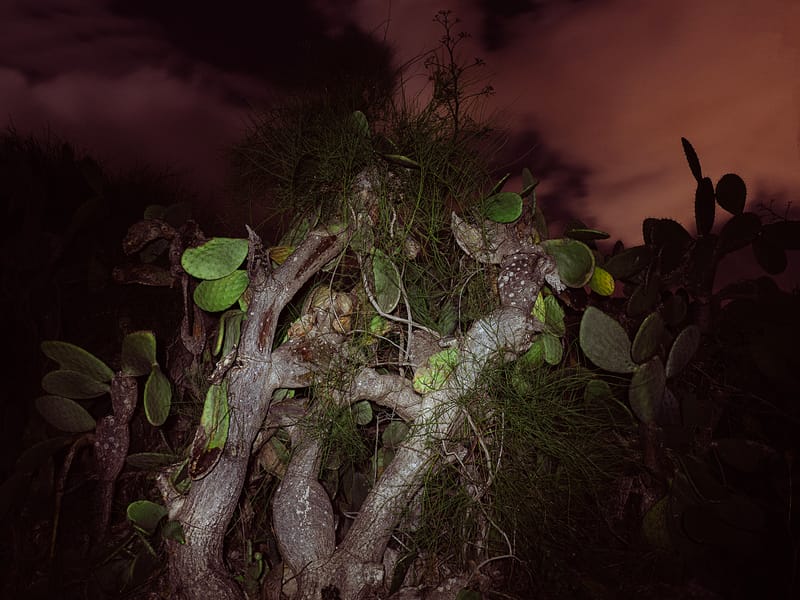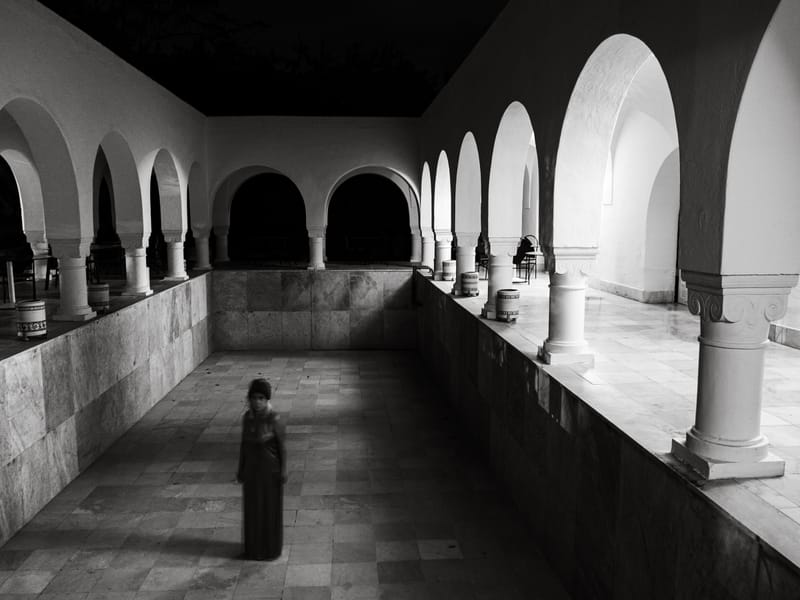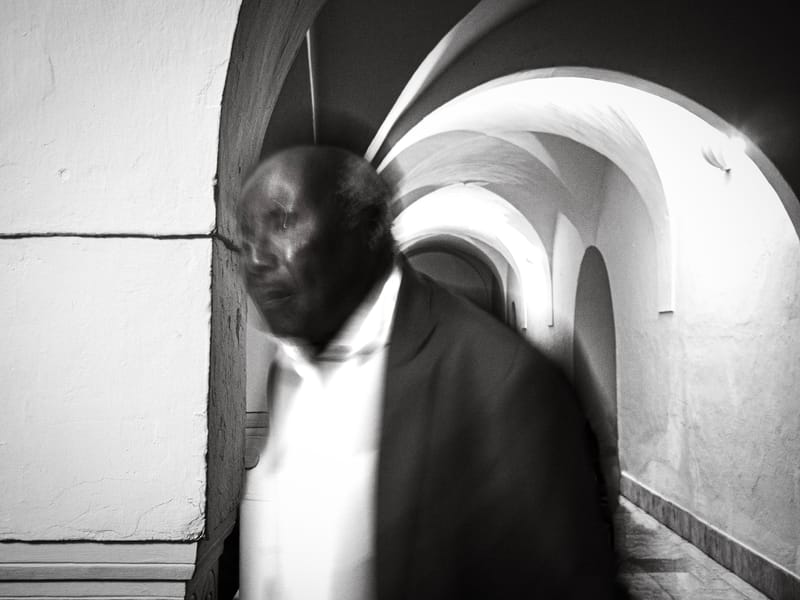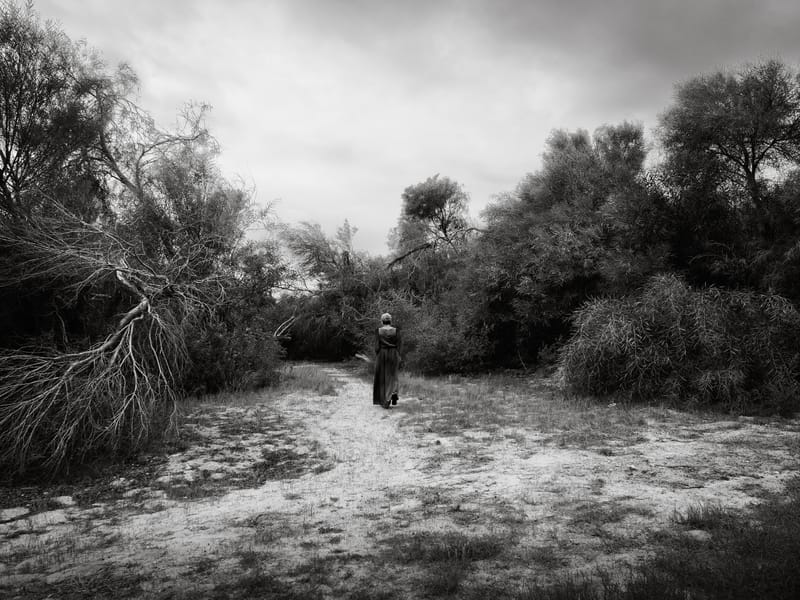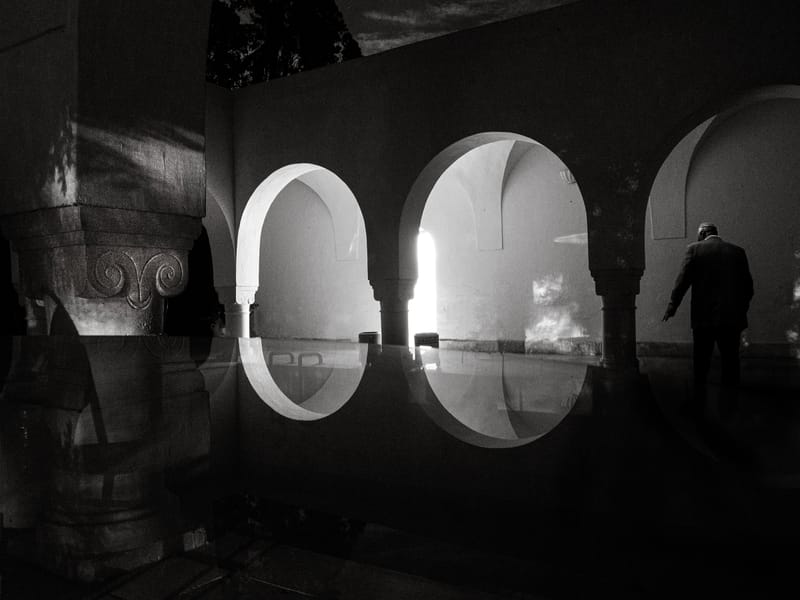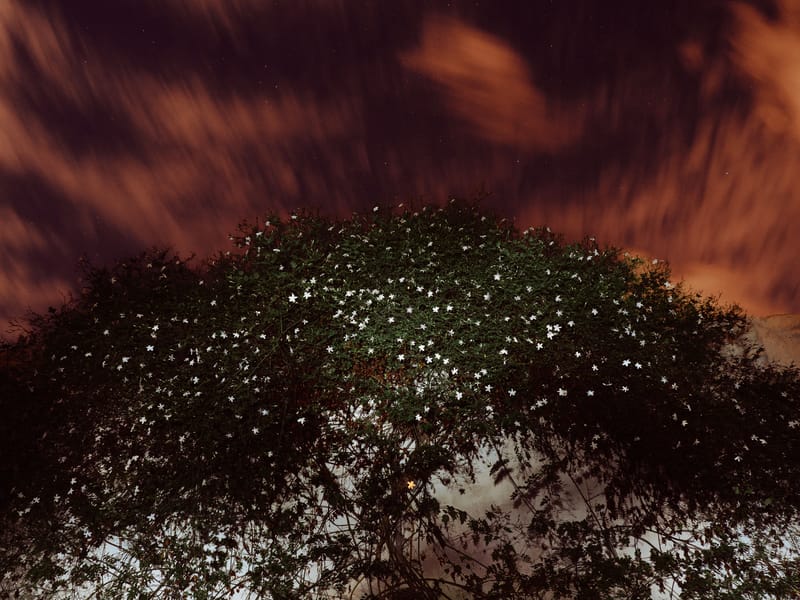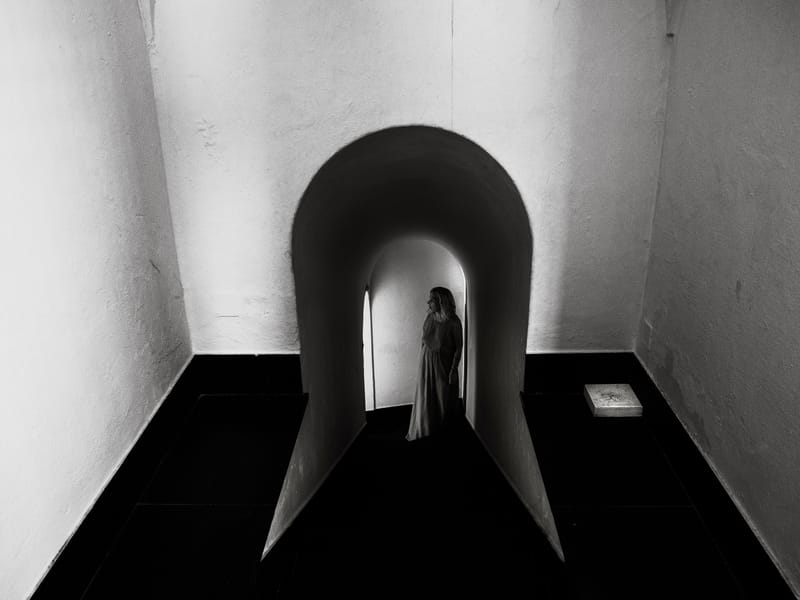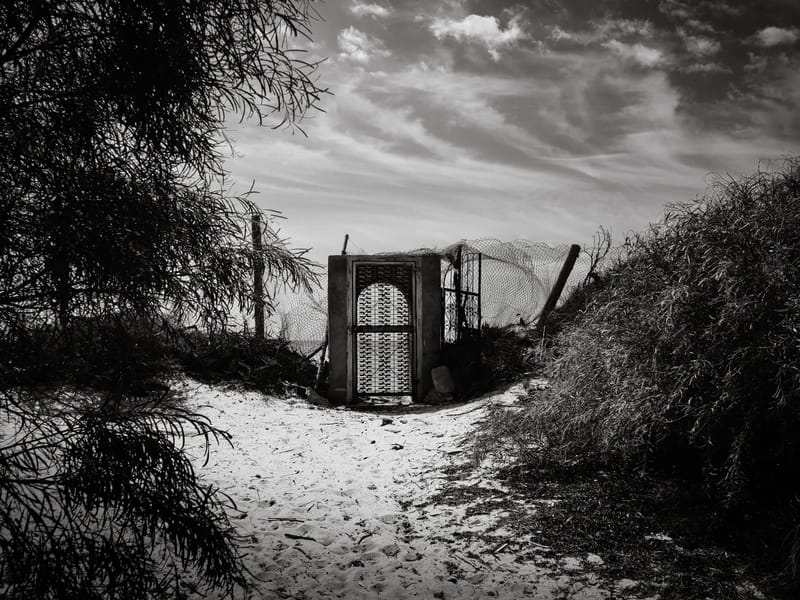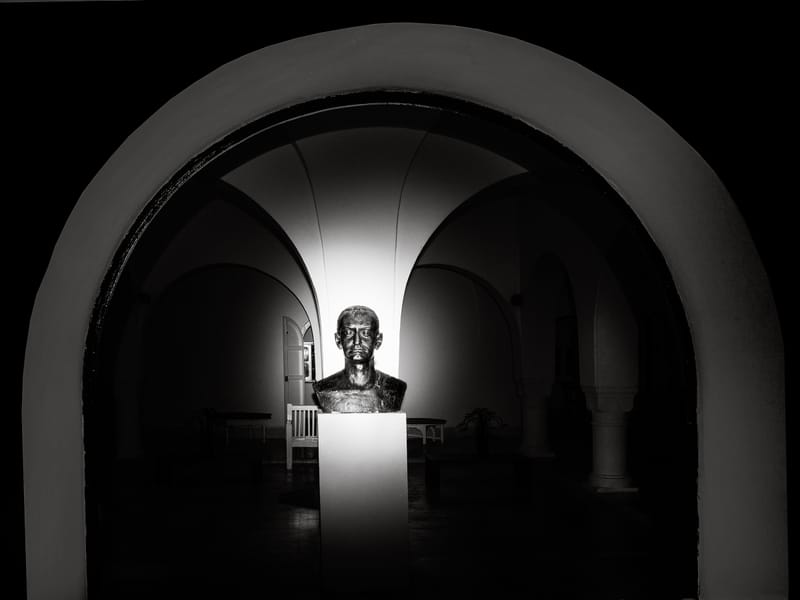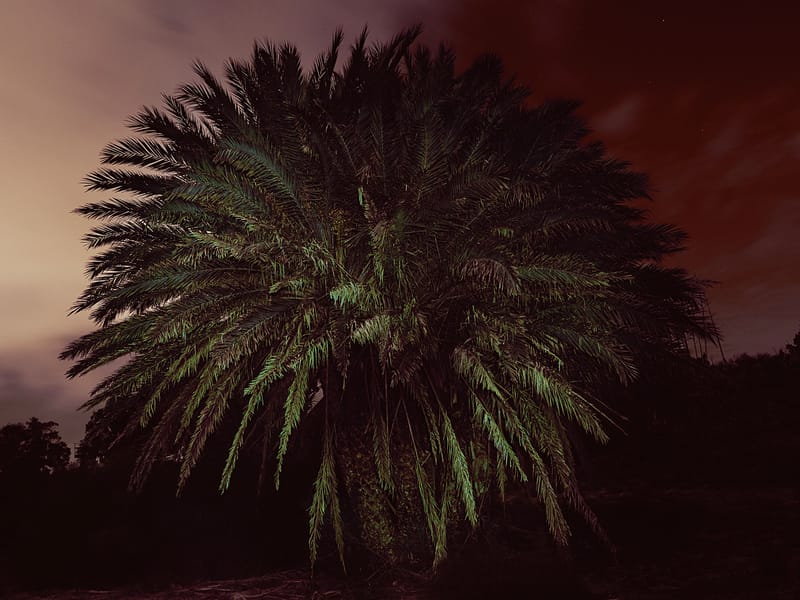DAR SEBASTIAN
Dar Sebastian - Sebastian's Home in Hammamet
The exhibition “Dar Sebastian” is part of the project Exile as a Cultural Space. The Case of George Sebastian, supported by the Institute for the Investigation of Communist Crimes and the Memory of the Romanian Exile, Bucharest. Karl George Sebastian, descendant of the Ghika family, was born in Bacău (September 21, 1896) and died in Washington (March 9, 1974). He was a refined aesthete and a patron of the arts on the shores of the Mediterranean, in Tunisia. A passionate traveler, he chose to settle in Hammamet, then just a modest fishing village. It was Sebastian who brought brilliance to the place and established a new architectural language, reshaping traditional forms through a rigorous purification of lines. The town’s development into a resort and its renown are largely owed to him. The villa combines the sobriety of Tunisian houses (white volumes, arcades, shaded courtyards) with modernist and Art Deco accents. It respects the principle of simplicity, minimal compartmentalization, and organic connection with nature. Over time, it has been praised for its discreet elegance: Frank Lloyd Wright called it one of the most beautiful places he had ever seen, while illustrious visitors such as Jean Cocteau, André Gide, Greta Garbo, and Winston Churchill contributed to its bohemian Mediterranean aura. The house and its main entrance were completed around 1932 by Sebastian together with the Sicilian builder Vincenzo Dicara. Around the white marble pool, columns inspired by the Kairouan mosque are adorned with whitewashed capitals. The interplay of black and white runs throughout the ensemble, from the marble pool to the monumental black stone table. The terrace, enclosed with delicate wooden mashrabya latticework and overlooking the sea, is the aesthetic focal point of the upper apartment. “The villa, perfect as it was, needed no ornament, preserving an unbroken architectural line. Its style was white and simple: a series of arcades, paths lined with ever-taller cypresses, and a crystalline blue pool; a long black marble table which, during banquets, was covered with tuberoses and sand lilies. Hammamet seemed the last refuge beyond this world.” (Elsa Schiaparelli) For George Sebastian, a house should not rise above the treetops and never be built too close to the beach. Decorations had to be minimal: white walls with black ironwork details, no chandeliers, only indirect light from lamps of his own design. The villa’s gardens still preserve the species chosen and planted largely by Sebastian himself. He filled the grounds with a multitude of birds, various kinds of orange and lemon trees, cypresses, eucalyptus, oleanders, agaves, jasmine—everything that could create a luxuriant, paradisiacal landscape. “Hammamet is a garden,” he said, “and the house is its heart.”
